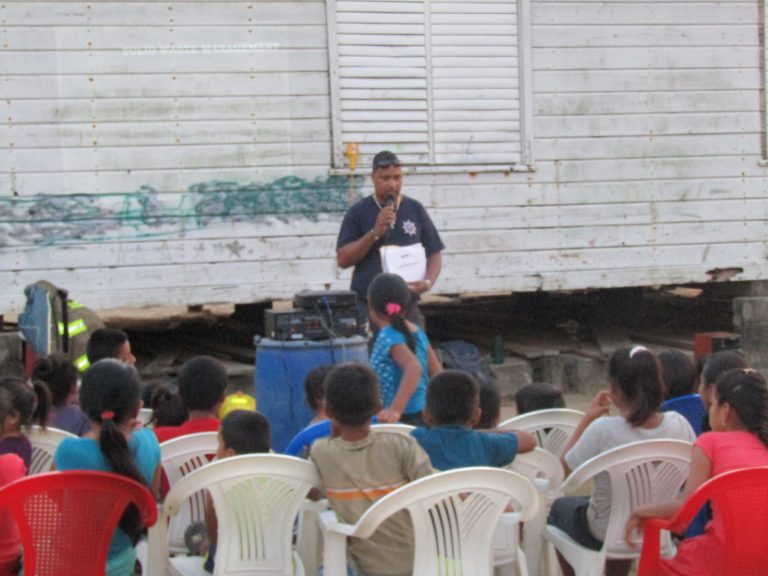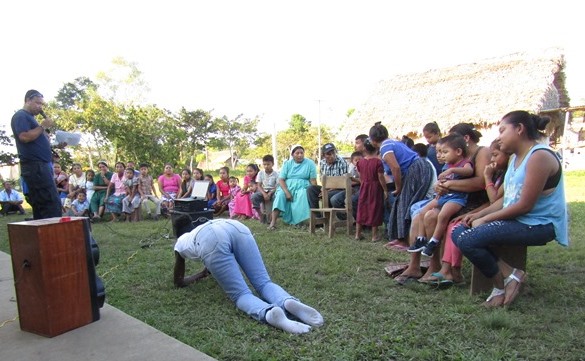Reducing forest fire risks in Southern Belize – Communities take charge
Wendy Betancourt lives in the rural farming community of Bella Vista, Belize – a district where forest fires are a frequent and very present danger. It is also a community that is about 10 miles away from the fire station and so only the resilience of the residents will ensure that their properties and livelihoods are not lost in the event of a fire.
Faced with this reality, Betancourt and other members of her Farmers Club have been taking measures to ensure they can reduce their fire hazard.
“To reduce the destruction caused by frequent forest fires, our homes and farms are constructed with fire proof materials,” she said, explaining that unlike other farming clubs and communities in Belize, many residents of Bella Vista build their houses and farming infrastructure with zinc roofs instead of thatch.
Betancourt, who is the Chairperson of her Farmers Club, and the other farmers have also been getting assistance from the Community Disaster Risk Reduction Fund (CDRRF) of the Caribbean Development Bank.
“We recognized that the fire risk that the farmers are facing has been exacerbated by climate change with impacts such as longer droughts and increasing temperatures,” explained Project Manager of the CDRRF, Claudia James. “So we have been working with Humana People to People in Belize to build the capacity of the Farmers’ Clubs and to encourage the implementation of climate smart agricultural practices.”

A key part of this assistance has been a training module in Fire Safety and Prevention that was included in all nine of the Farmers Clubs established under the Humana People to People Project in Belize as well as all 11 target communities under the project. Bella Vista with its population of roughly 6000 people, was seen as a priority community for the training.
“When I heard of the Farmers Club project and the many hazards, I knew it was a good idea to go into these villages and educate these residents on fire safety in the home. Since the trucks and condition of the roads are a problem, the training was considered to be important,” said Independence Village Fire Chief, Mr. Grant Perez, who collaborated with Humana and CDRRF to get the training done.
The Farmers’ Clubs are located in deeply rural areas and the distance a fire truck will have to travel in the event of a fire may mean an entire village could be destroyed before assistance reaches them. To compound the problem, the road conditions leading to these communities present a further challenge for fire units attempting to get into the areas. Limited units are yet another challenge that the fire response entity faces.
“Fire safety is everybody’s business as fire is a deadly disaster so residents were taught that if they decide to burn they must know when to burn so as not to destroy the forest,” explained Perez. Residents use fire to clear their lands for farming as well as some persons burn their garbage.

The training covered topics including precautionary measures, specific actions to take in the event of a fire, agricultural practices that include fires and when not to engage in them as well as how to control fires to prevent them spreading.
The training was well received, with members lauding Perez for the practical way in which the information was delivered.
Children were also included in the training and were receptive to the information shared. Many had never seen a fire truck in their village and were quite excited to interact with the chief as well as the unit itself.
By engaging adults and children alike, the CDRRF and Humana hopes to equip these villages in Northern and Southern Belize to continue carrying out fire prevention practices. In the event of a fire they will also be equipped with the knowledge to help prevent loss of life and property.


